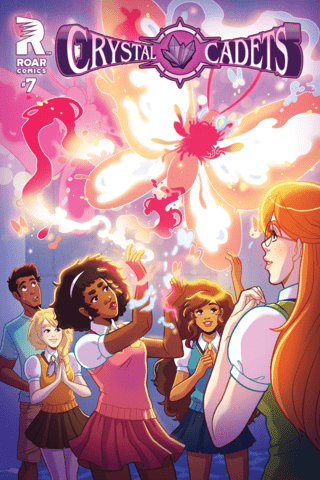Por:
R. H. Moreno-Durán
|
Fecha:
2022
Abstract:
Disparities of scientific education (STEM) in rural and remote communities are exacerbating inequalities and taking away opportunities for youth to explore their scientific interests and participate in science-making globally. Maker education in rural and remote areas of Latin America could boost the participation of rural communities in scientific education and open alternatives to the lack of higher literacy rates and STEM education. In Colombia, tertiary education has been making efforts to close this gap through the Itinerant Technical Academies of Servicio Nacional de Aprendizaje (SENA: National Learning Service). Participants in the Technical Academies create relevant technologies for their context, reflecting on their cultural values and aesthetics. In this contribution, we describe three projects conducted in the itinerant Technical Academies of rural Colombia in Narino to exemplify how participants made their artifacts relevant to their culture using available resources, materials, and practices. Students are using available resources to create artifacts that are relevant to their social contexts and aligned with constructivist practices. We propose and discuss three characteristics that have emerged in makerspaces situated in rural Colombia: (i) Narratives, (ii) Resourcefulness, and (iii) Identities and we suggest that makers, scholars, policymakers, and educators should pay attention to those three elements to guide future studies and further research on maker education in the Global South.
Resumen:
Las disparidades en la educación científica (STEM) en comunidades rurales y remotas están exacerbando las desigualdades y privando a los jóvenes de la oportunidad de explorar sus intereses científicos y participar en la creación de ciencia a nivel global. La educación maker en áreas rurales y remotas de América Latina podría impulsar la participación de las comunidades rurales en la educación científica y ofrecer alternativas ante la falta de tasas de alfabetización superiores y educación STEM. En Colombia, la educación terciaria ha estado haciendo esfuerzos para cerrar esta brecha a través de las Academias Técnicas Itinerantes del Servicio Nacional de Aprendizaje (SENA). Los participantes en estas Academias Técnicas crean tecnologías relevantes para su contexto, reflexionando sobre sus valores culturales y estéticos. En esta contribución, describimos tres proyectos llevados a cabo en las Academias Técnicas itinerantes de Colombia rural en Nariño para ejemplificar cómo los participantes hicieron que sus artefactos fueran relevantes para su cultura utilizando recursos, materiales y prácticas disponibles. Los estudiantes están utilizando los recursos disponibles para crear artefactos que son pertinentes para sus contextos sociales y alineados con prácticas constructivistas. Proponemos y discutimos tres características que han surgido en espacios de creación situados en la Colombia rural: (i) Narrativas, (ii) Ingenio o recursividad, y (iii) Identidades, y sugerimos que makers, académicos, legisladores y educadores deben prestar atención a estos tres elementos para orientar futuros estudios e investigaciones adicionales sobre la educación maker en el Sur Global.



